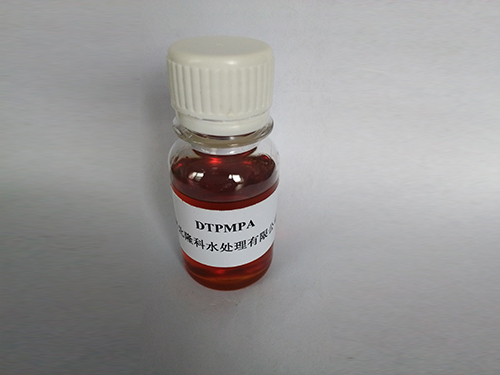Exploring Current Trends in Isothiazolinone Pricing and Market Dynamics for 2023
Understanding Isothiazolinone Prices Market Trends and Influences
Isothiazolinones, a class of heterocyclic organic compounds, are widely used as biocides due to their effective antibacterial and antifungal properties. Commonly utilized in various industries such as personal care, paints, and water treatment, the demand for isothiazolinones has seen significant fluctuations over the years. A comprehensive understanding of isothiazolinone prices is essential for manufacturers, suppliers, and consumers alike, as it can heavily impact production costs and pricing strategies.
One of the primary factors influencing isothiazolinone prices is raw material costs. The synthesis of isothiazolinone compounds often requires specific, and sometimes rare, chemical precursors. Any changes in the availability or price of these raw materials can directly affect the overall production costs. For instance, disruptions in the supply chain due to geopolitical tensions, natural disasters, or pandemics can lead to increased prices as suppliers face heightened costs or scarcity of essential ingredients.
Furthermore, demand fluctuations play a crucial role in shaping isothiazolinone prices. As industries adapt to changing consumer preferences and regulatory standards, the demand for biocides varies. For instance, the rise in environmental awareness has prompted sectors like cosmetics and household products to seek greener alternatives to traditional preservatives, impacting the demand for isothiazolinones. Conversely, sectors that are experiencing growth, such as construction and water treatment, might increase their consumption of these compounds, leading to a surge in prices.
isothiazolinone price

Regulatory factors are another significant influence on isothiazolinone pricing. Stricter regulations concerning the use of biocides in consumer products often result in increased compliance costs for manufacturers. For example, the European Union's REACH (Registration, Evaluation, Authorisation and Restriction of Chemicals) regulation requires detailed safety assessments before chemicals like isothiazolinones can be used. These regulations can either create barriers to market entry, thereby reducing supply and increasing prices, or encourage innovation in safer alternatives, which might drive prices down in the long run.
Market competition also affects isothiazolinone prices. Numerous manufacturers produce similar biocidal compounds, leading to price competition. However, differentiation based on quality, efficacy, and safety might allow some manufacturers to command higher prices where they can demonstrate superior product features. Additionally, the entrance of new players into the market can increase competition, potentially reducing prices for consumers as suppliers strive for market share.
Lastly, global economic conditions and trends can impact the pricing of isothiazolinones. Economic downturns may lead to reduced spending in industries that utilize these compounds, resulting in lower demand and subsequently reduced prices. On the other hand, economic growth can prompt increased production and supply chain activities, which could lead to higher prices due to increased demand.
In conclusion, the pricing of isothiazolinones is influenced by various interconnected factors, including raw material costs, demand fluctuations, regulatory impacts, market competition, and global economic conditions. Players in the market must stay vigilant and informed about these trends to navigate the complex landscape of isothiazolinone pricing effectively. As industries continue to evolve and adapt, pricing strategies will also need to be revisited regularly to ensure competitiveness and sustainability in an ever-changing market.
-
Understanding Polycarboxylic Acids: Properties, Applications, and Future PotentialNewsJul.28,2025
-
Scale Inhibitor Explained: How to Protect Your System from Limescale and Hard Water DamageNewsJul.28,2025
-
Scale and Corrosion Inhibitors: Essential Chemicals for Industrial Water System ProtectionNewsJul.28,2025
-
Polyaspartic Acid: A Biodegradable Polymer for Sustainable ChemistryNewsJul.28,2025
-
Isothiazolinones: A Versatile Antimicrobial Class with Industrial Power and Regulatory ChallengesNewsJul.28,2025
-
A Deep Dive into 2-Phosphonobutane-1,2,4-Tricarboxylic Acid (PBTC)NewsJul.28,2025





